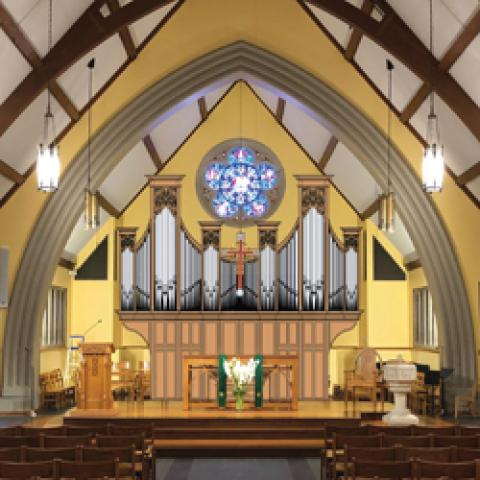H. Huestis
Martin Pasi OPus 2 has been moved from Florida to Redmond, Washington.
For pictures of the new installation at Faith Lutheran Church, see:
www.mdi.ca/hhuestis/orglist/faith
Shop photos: www.mdi.ca/hhuestis/orglist/pasi
Specification: www.mdi.ca/hhuestis/orglist/pasi/specs.doc




